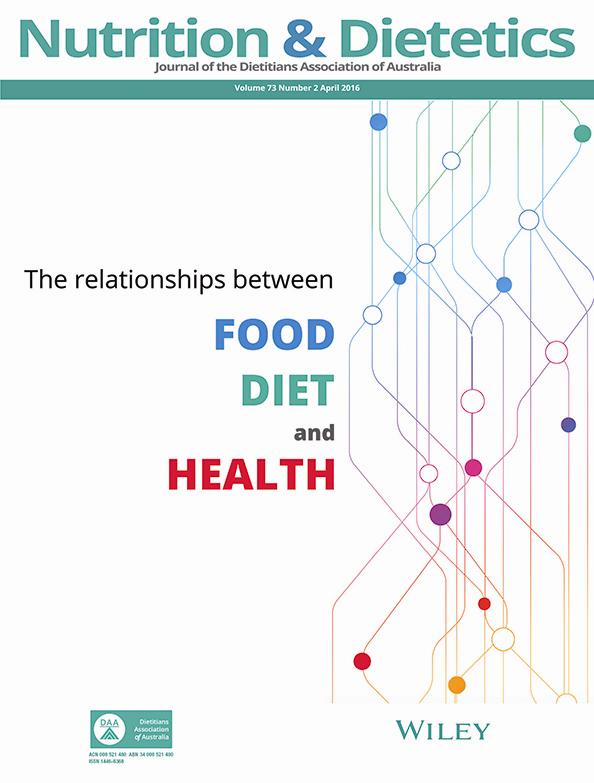Benefits of a rice mix on glycaemic control in Asian people with type 2 diabetes: A randomised trial
Abstract
Aim
The objective of this study was to assist individuals with type 2 diabetes (T2D) better manage blood glucose control using food. Given that white rice is a commonly consumed staple food for Asian cultures, the aim of this study was to develop a nutritious and easy-to-prepare alternative meal using culturally tailored ingredients.
Methods
A ‘rice mix’ comprising 60% white rice and 40% a mix of legumes, nuts and seeds was developed. Eighty-one participants of Asian ethnicity and with T2D were screened with 13 subjects randomised and given the rice mix or white rice (control) as an evening meal. Blood glucose responses were compared between meals and to the American Diabetes Association guidelines together with responses to satiety and desire-to-eat questions.
Results
Over a 3-hour period following consumption, blood glucose concentrations were 21% (95% CI: 6, 36) lower for the rice mix compared with white rice (P < 0.001). The mean length of time that blood glucose exceeded 10 mmol/L was 30 minutes (95% CI: 6, 54) less; and the maximum glycaemic increment above 10 mmol/L was 1.4 mmol/L (95% CI: 0.3, 2.5) less; for the rice mix compared with the white rice. There was no effect on appetite as satiety was not different between meals, although there was a lesser desire to eat fatty foods after consuming the rice mix (P = 0.02).
Conclusions
The rice mix as an alternative to white rice could be a practical self-help approach to improve blood glucose control in people with T2D. Using education and culturally tailored ingredients may help overcome barriers to dietary change.




